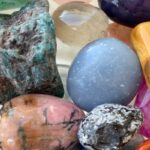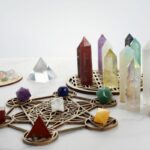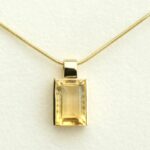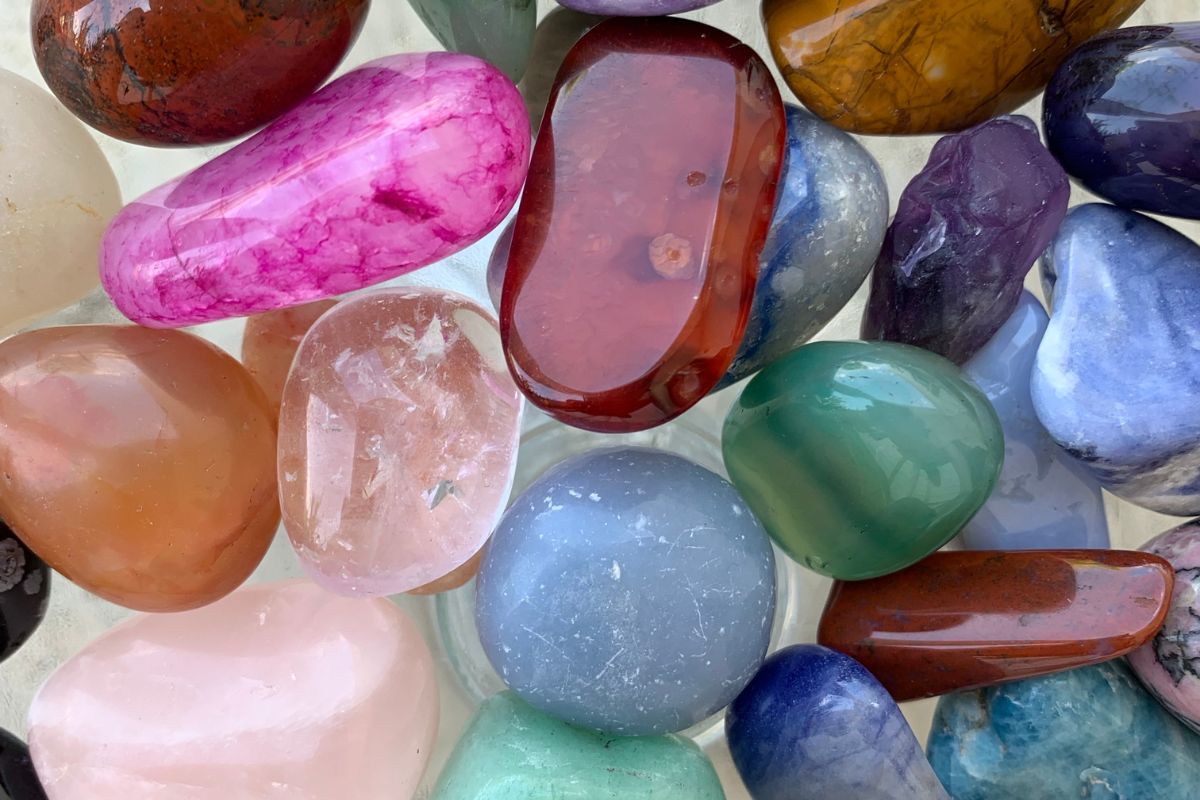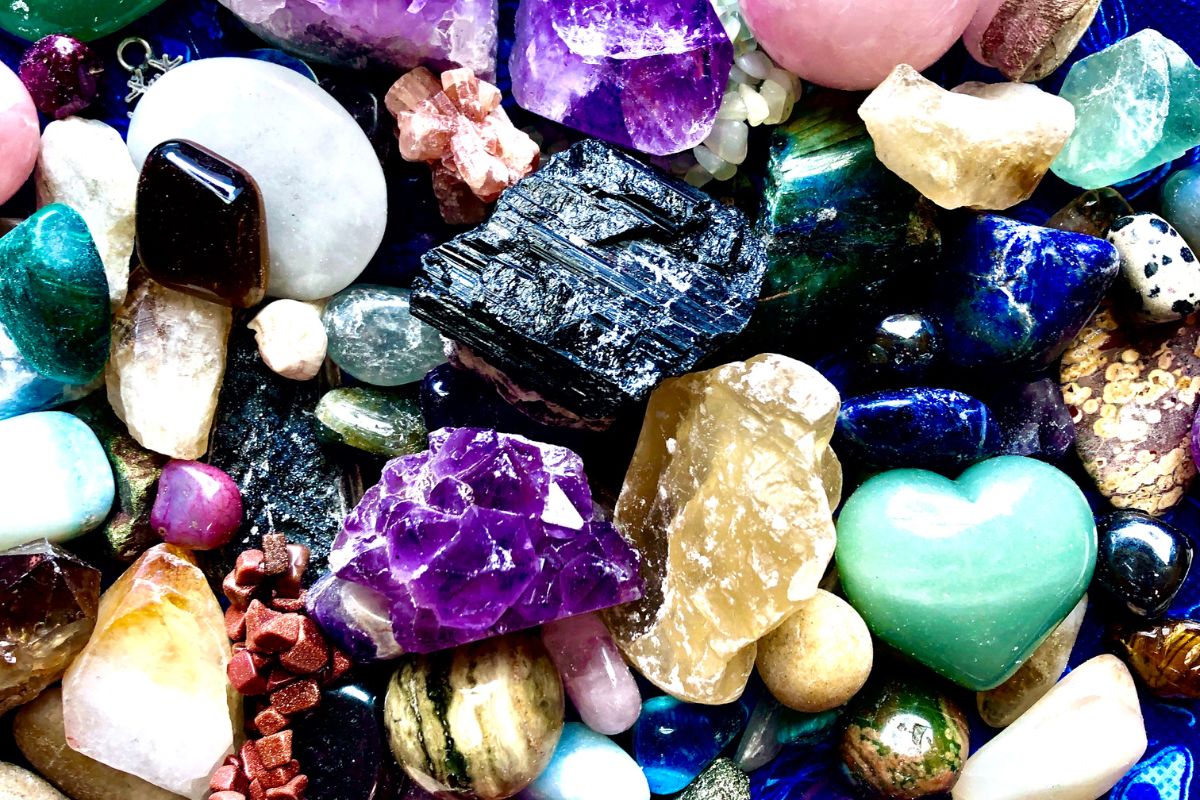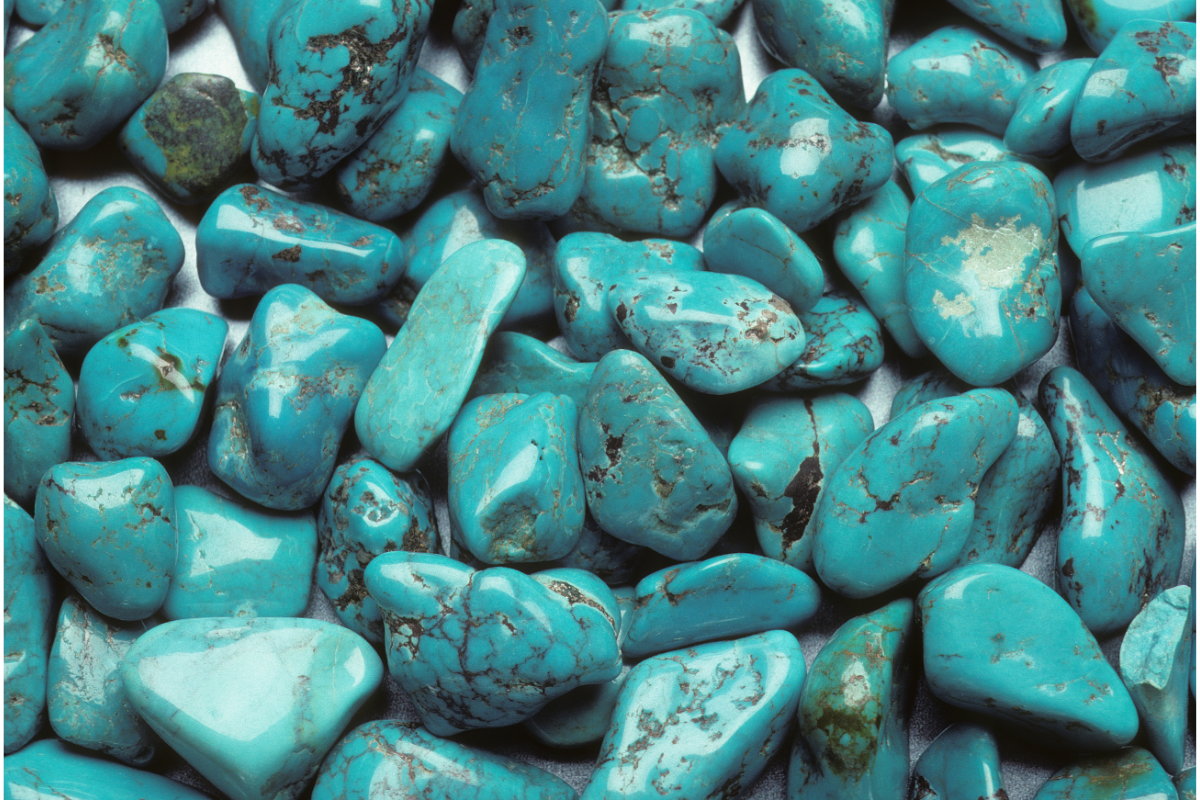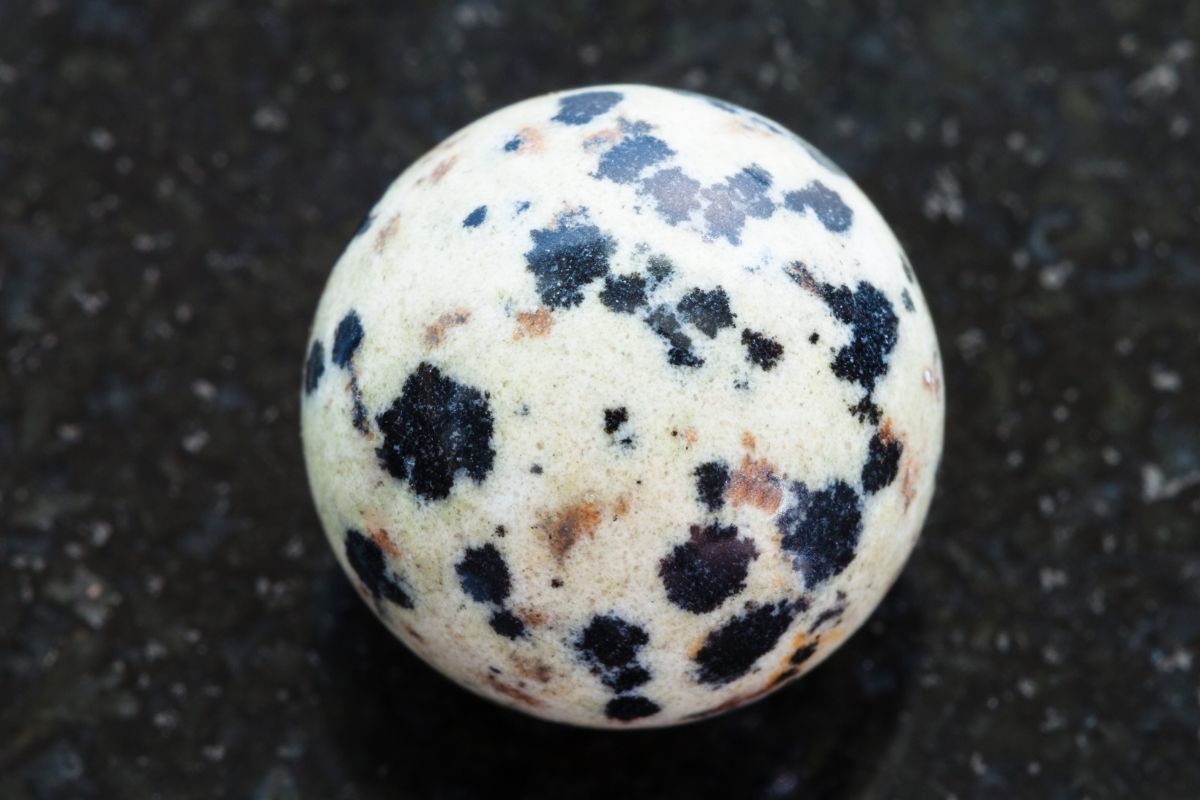The opal is one of the most timeless, classy and sophisticated gemstones on the planet. Opals are incredibly eye-catching, and you can spot an opal style stone from a mile away.
Due to their fine glowing properties and beauty, along with their immense popularity, fake opals are often made and sold to the masses.
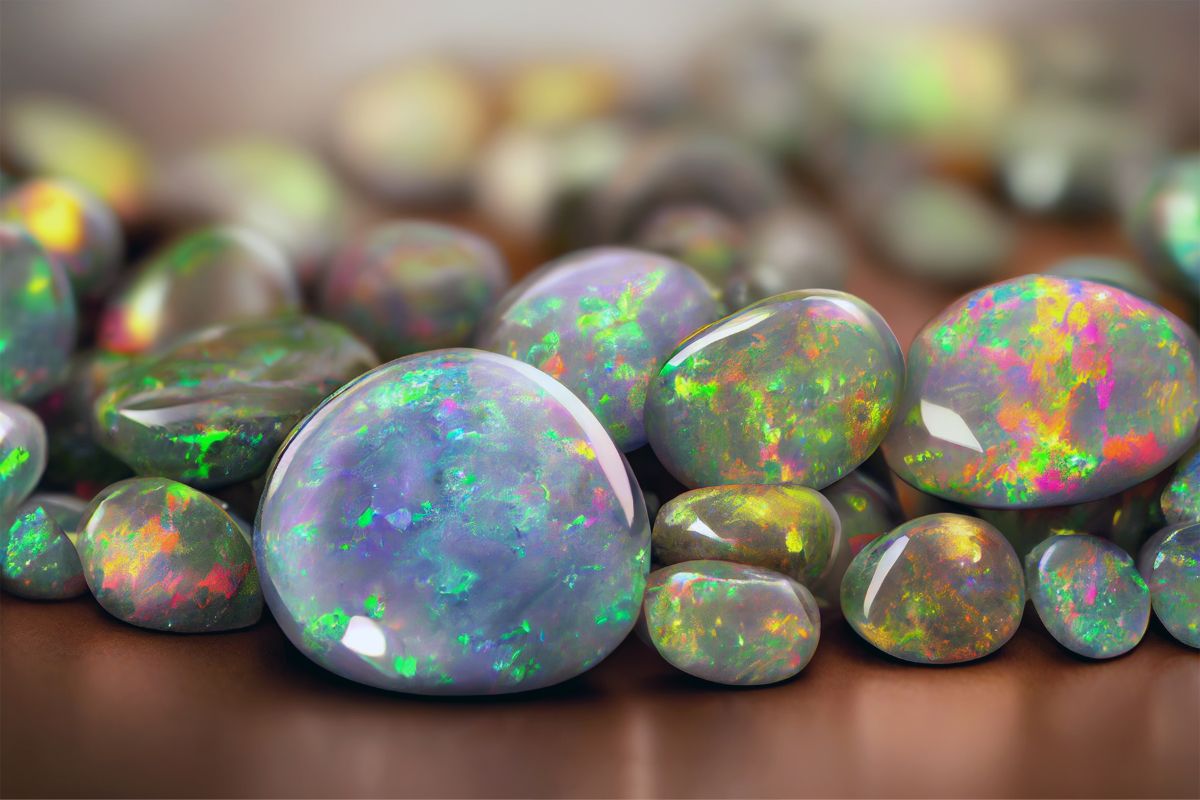
When an opal is fake, it will likely be made of plastic, glass, or resin, ensuring that it does not have those same characteristics as real, genuine opals.
So, how can you tell if an opal is the real thing (see also, ‘How to Tell is Jade is Real‘)? That’s what we’re going to talk about in this guide. But first let’s go over the basics of the opal.
About Opals
An opal is a very distinct gemstone indeed. This stone is mostly found in milky white colors, but can also be found in bluey, pink, red, orange or even black hues.
Opal is actually one of the most beautiful gemstones you can find.
An opal is made from water and silica, which is the main component in glass, which is what gives it its glassy, shiny appearance (see also ‘11 Beautiful Shiny Crystals‘). Opals are also amorphous which means that they do not have a set, defined crystalline structure.
Therefore, opals come in many different shapes, sizes and colors. Opals are often referred to as the Queen of the Gems, and is the birthstone of October (see also, ‘What is October’s Birthstone?‘).
What makes these stones stand out from others is their play of color, which is an optical phenomenon that makes the opal appear to have a mixture of beautiful iridescent colors.
Opals are categorized as semi precious gemstones, but the term Opal is derived from the Latin ‘opalus’ which actually means ‘precious stone’.
Wearing an opal is meant to bring you good fortune and positive transformation.
This gemstone is known to offer you the courage and strength to banish negative thoughts and energies, and take on a more positive attitude.
How To Tell If An Opal Is Real
If you have an opal in your possession, and you are unsure of its value or if it is real, then there are a few ways that you can check the genuineness of the opal.
There are some warning signs that your opal can be fake.
The Price
Your first sign is the price of the stone. Opals tend to be mid range priced, and can be affordable depending on the size, but they do not come really cheap.
Opals can range from a few dollars per carat to over a hundred dollars per carat depending on the color of the opal.
Most opal rings can cost anywhere from $200 to $2000, so if you have purchased an ‘opal’ ring for less than that, then it could not be genuine.
The Origin
The origin of the gemstone is also important in verifying its authenticity. The vast majority of opals are mined from Australia, with the rest being mined in Mexico, the Western US and Honduras.
If you are shopping for an opal, and the seller says it is from a different country, then it may not be real.
Pattern
When an opal is natural, the pattern is random because of how it is formed. If the pattern on your opal seems a little too perfect, symmetrical and spot on, then it may be fake.
Sides
Opals have distinct layers, and come in odd sizes, so will need to be attached to a dark backing. If an opal is fake ,then it will likely have straight lines and sides, as it makes it easier to glue onto a necklace or earring.
Play Of Color

Real opals have a play of color, which is an optical illusion that makes the opal look iridescent and shine different colors as it catches the light.
If you examine the opal under a strong white light, and you can still see beautiful, creamy, glowing hues, then it is likely real.
If the colors do not seem to change in the light, or it seems that there is a layer underneath the glass that makes it appear iridescent, then it is probably an imitation opal.
Back Of The Stone
Examining the back of the opal is a simple way to see if it is real or not.
Real opals tend to have irregular shaped backings, as they are formed naturally, whereas a man made or false opal will have a flat back, as they are designed to be flattened so that they can be glued easier.
This is why it can be so difficult to identify opal earrings or jewelry as you cannot see the back. You may have to gently have the opal removed from the necklace/ring/earring casing in order to check the stone itself.
Bubbles
If you hold the opal against the light, you can have a good look at the opal. Alternatively, take a look under a scope or from the jeweler’s magnifier.
If you can see small air bubbles on the surface of the opal, then it is probably made from glass, and not a real gemstone.
Difference Between Lab Opals And Real Opals
A real genuine opal is a mined jewel or gemstone, which will have been enhanced so that there are no flaws, which increases its value.
A lab created opal is a manmade gem that will have a similar appearance, chemical composition and properties as a naturally occurring opal.
Due to this, both are considered real, authentic opals, however, sellers will often have to differentiate between lab grown opals and natural opals.
Summary – Should You Buy Opals?
To summarize, opals are one of the most striking, recognizable and stunning gemstones money can buy. They also make for some beautiful jewelry and look great as rings, necklaces or even earrings.
Opals can also be symbols of purity, or hope, which makes them a wonderful choice for an engagement ring, gift, or as the perfect gift for someone born in October.
Just be sure to check the authenticity of the opal before purchasing.
- 15 Crystals That Cannot Be Exposed To The Sun - January 7, 2024
- Malachite Vs Fuchsite – Benefits And Uses - January 7, 2024
- Malachite Vs. Green Jasper: Benefits And Uses - January 7, 2024

